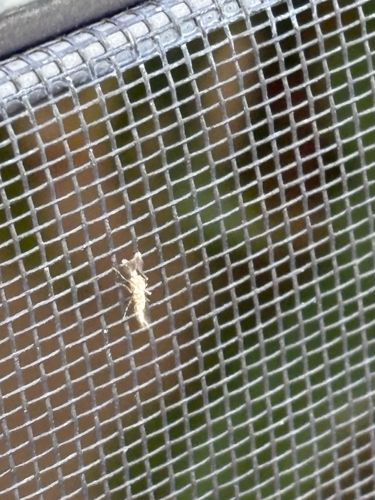Mayfly
Scientific Name: Ephemeroptera (various species)
Order & Family: Order: Ephemeroptera, Family: Various (e.g., Baetidae, Heptageniidae)
Size: Typically from 2 mm to 30 mm in body length, with wingspans up to 50 mm.

Natural Habitat
Adult mayflies are typically found near freshwater sources such as lakes, ponds, rivers, and streams, as their nymphs are aquatic. They often rest on vegetation or surfaces near water bodies.
Diet & Feeding
Adult mayflies do not feed; their mouthparts are vestigial. Mayfly nymphs (naiads) are primarily herbivorous, feeding on algae, diatoms, and detritus, though some species can be carnivorous.
Behavior Patterns
Mayflies are known for their very short adult lifespan, often lasting only a few hours to a few days. They emerge en masse from water during synchronized hatches, primarily for reproduction. Females lay eggs on or in the water, which then sink. Nymphs live underwater for months to years, undergoing multiple molts. Adults are attracted to lights at night.
Risks & Benefits
Mayflies are indicators of good water quality, as their nymphs are sensitive to pollution. They are an important food source for fish (e.g., trout) and other aquatic and terrestrial predators, making them crucial to freshwater ecosystems. They pose no direct risks to humans (e.g., do not bite or sting). Large synchronized hatches can occasionally be a nuisance by creating slippery surfaces or accumulating around lights, but this is a temporary and localized issue.
Identified on: 9/6/2025